Kolin Powick, Black Diamond's Climbing Category Director, Shares His Secrets About Gear Production And The Current BD Product Line.
We caught up with Powick, now BD's Climbing Category Directory, and discussed what it takes to bring a new product to market, the need for a new UIAA belay-device category, some current BD product innovations and of course, Rumple's ongoing status as the best dog ever.
-
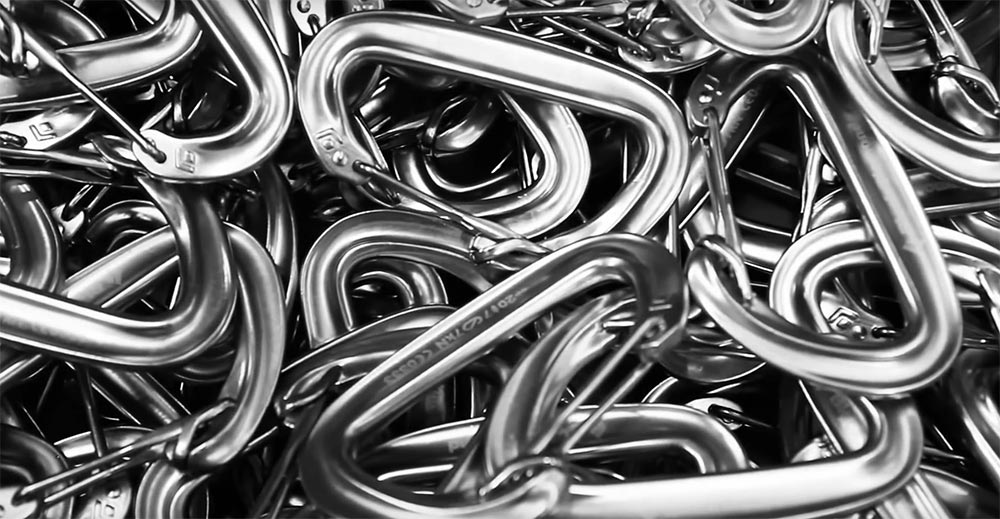
Carabiner Production
The first phase of the product lifecycle is the Concept Phase – basically, the design team dreams up different ideas and concepts to tackle the problem outlined in the product brief. Depending on the product and complexity, this can take a few months.
Once we’ve narrowed in on a concept that shows promise from a functional, practical, manufacturable and financial point of view – then it’s time for the Design Phase. This is when the hardcore engineering takes place. The quality engineers develop a test plan and the designers design using CAD, finite element analysis, etc. When they have a design they’re psyched about, then prototypes are made here in our manufacturing facility (often handmade mock-ups), and then the lab and field testing begins. After every prototype, the team most likely learns a lot - so the designers will tweak things, and then build more prototypes and do more lab and field testing. This cycle repeats itself until the design team is satisfied. This whole phase also usually takes several months.
After Development, it’s the Commercialization Phase. I often say it’s easy to build one of something, but hard to consistently and efficiently manufacture hundreds or thousands of units of the same thing day and night, while never compromising quality. This is what the Development Engineering team, along with the Process Engineers and our Manufacturing teams have to do. It's not easy.
The Development Engineering team works their magic, spooling up the Manufacturing team, fine-tuning processes, continually checking and tweaking – usually producing a few pilot runs of product (mass quantities) – which will be inspected and scrutinized. This is where we’ll make our first consumer-facing run called Sales Samples. These will be used for tradeshows, marketing needs, athletes, PR purposes, seeding, and of course selling the new product – basically to get the word out about the new widget from Black Diamond. Development Engineering can take several months.
And then finally the project moves to mass production. The design team steps away and hands the project off to the Manufacturing Team. Of course, the design team is never far if issues arise.
Depending on the complexity of the product, the entire cycle can take from 18-24 months – less for something like a t-shirt, but when talking about climbing gear, the cycle is about 18 months from start-to-finish for a carabiner and more like 24 months for a cam.
There are two standards:
EN 15151-1 – Manual Braking Devices
EN 15151-2 – Locking Assisted Braking
Link
https://www.theuiaa.org/documents/safety-standards/129_Breaking%20Device_UIAA_2018.pdf
As far as the ATC Pilot goes, we’ve been working with some of our friends at a few of the other companies who offer similar devices and are proposing a third category of belay devices. Devices like the ATC Pilot are not a tuber (manual braking device), and they are not a GriGri (locking assisted braking device). Unofficially we’re all starting to use the term Geometry Assisted Belay devices. So the ATC Pilot is a Geometry Assisted Device. It’s the geometry of the device that assists in the braking. It’s got more going on than a tuber (like an ATC) but no moving parts like a Grigri.
Geometry assisted devices date way back. The first I'm aware of is the Wild Country SRC (single rope controller) of the early 90s. It never really caught on, but the idea was there. Geometry assisted devices nowadays give you added braking power and way more control during lowering. Belay accidents happen when the belayer can’t control the rope while holding a fall, or when lowering a climber. The ATC Pilot combats these issues.
The ATC Pilot is simple (no moving parts), light (86 grams) and relatively inexpensive ($44.95 USD).
I believe these types of devices will become more commonplace in gyms and out at the sport crags. They provide more control when catching a fall and when lowering, so they're perfect for the new user. Along with the great braking and superior lowering control, they also feed rope very smoothly – so they're ideal for the advanced user.
-
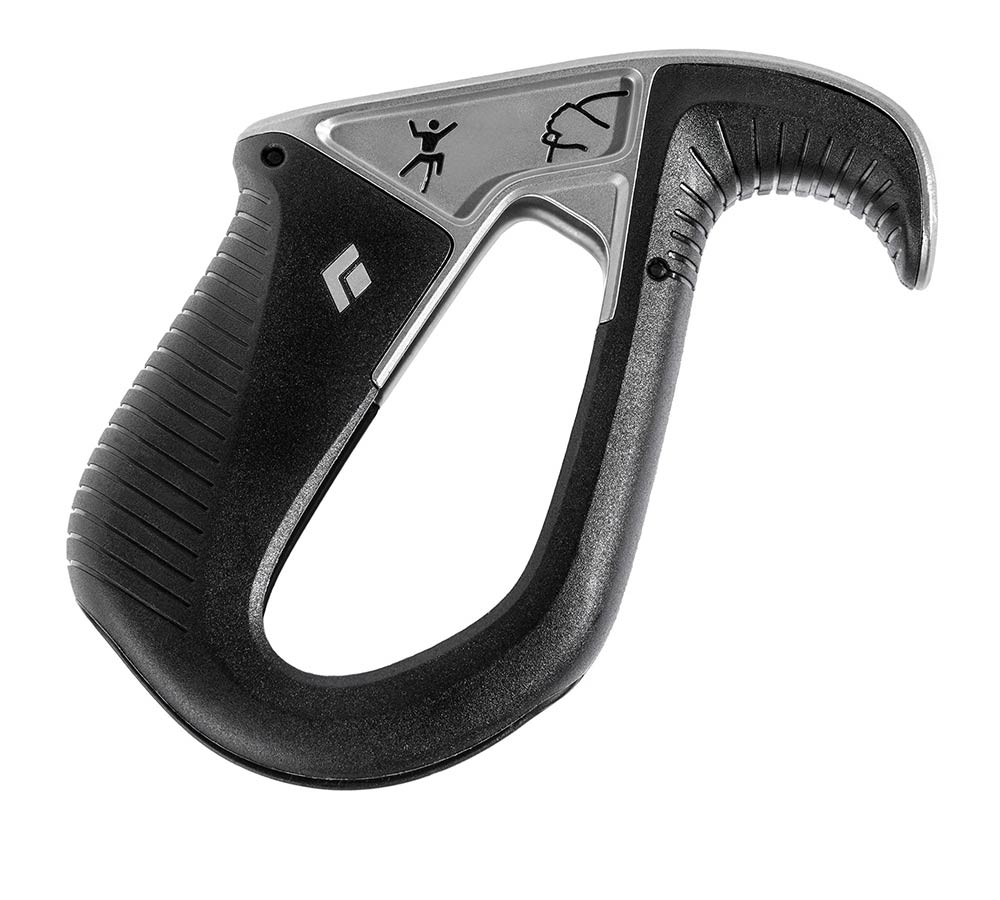
Black Diamond ATC Pilot
-
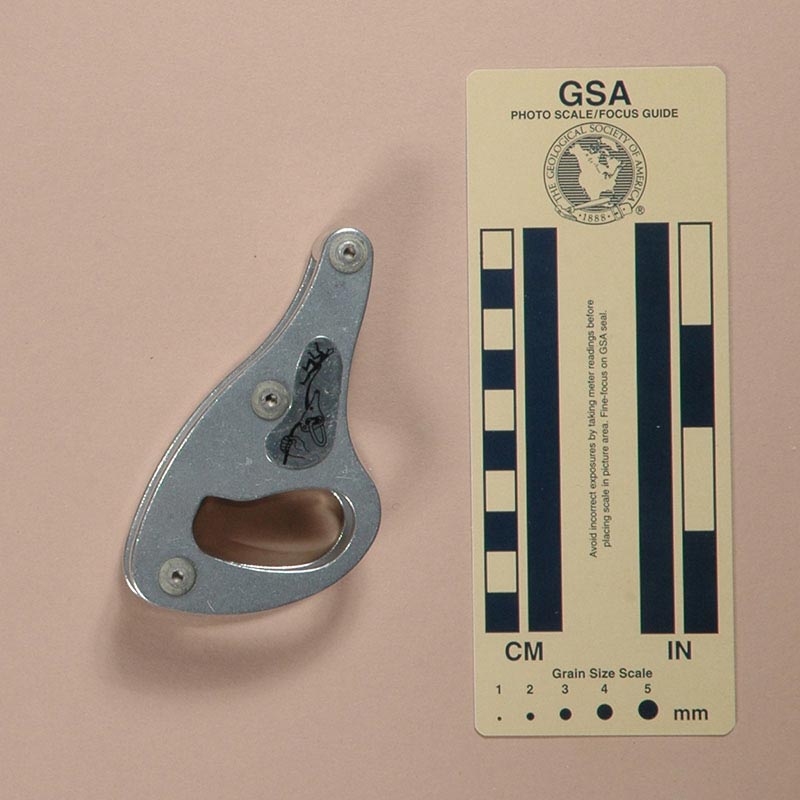
Wild Country Raptor Version 1
-
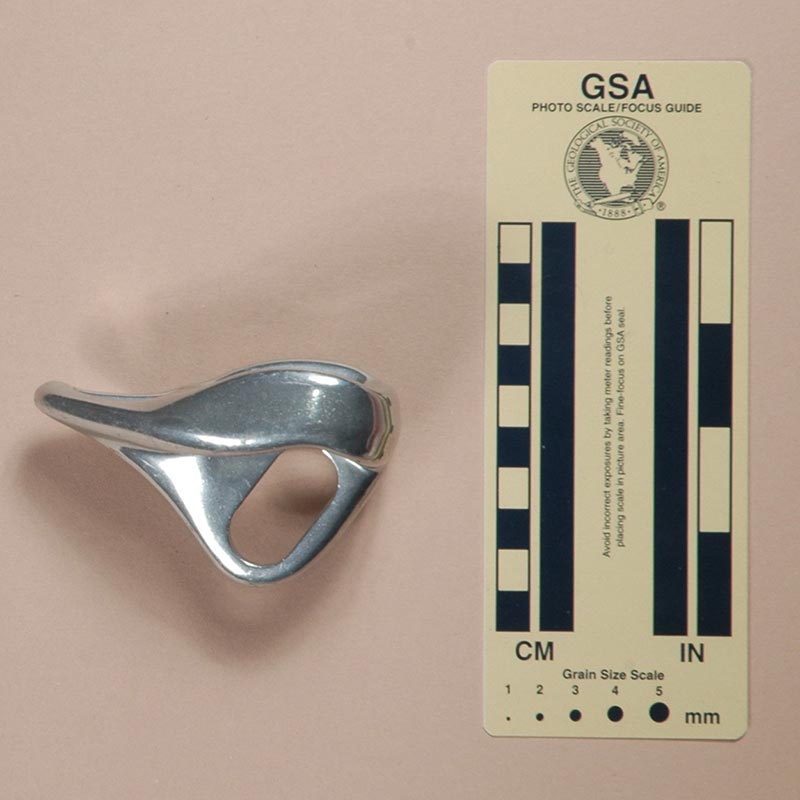
Wild Country Raptor Version 2
Geometry Assisted Belay Devices (images of the Wild Country Raptor courtesy of http://storrick.cnc.net)
The goal with the rope program was to have a line-up that would allow you to climb pretty much anything – and that’s what we did. From skinny twins, to half ropes, to burly half ropes, skinny singles for redpointing the proj, beefier ropes that take more abuse when working on that proj, workhorse wall ropes, economy ropes, gym specific ropes, and all around ropes and static lines to tag or haul – I think we have an offering that can get you up anything.
We’re not trying to tout any latest and greatest cutting-edge technology. Instead, we're trying to provide a great balance of performance, handling and price, and I think that’s what we’ve done with our line-up.
-
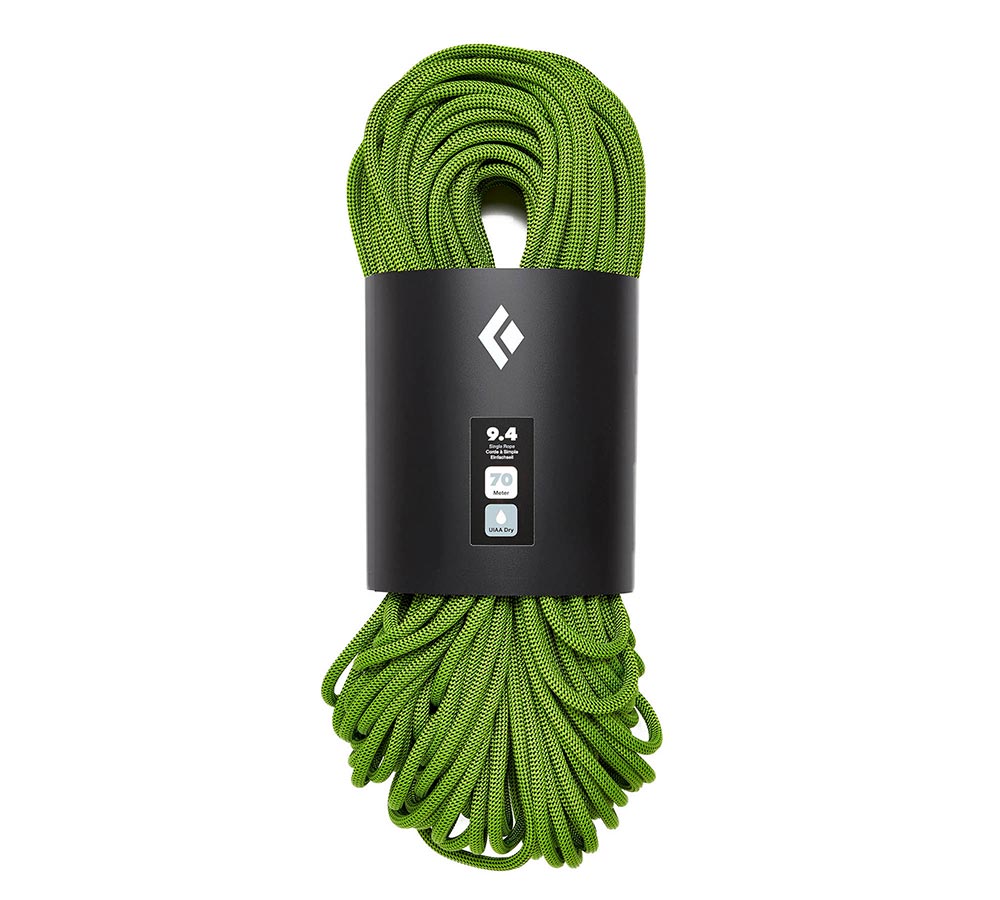
9.4 mm Rope
-
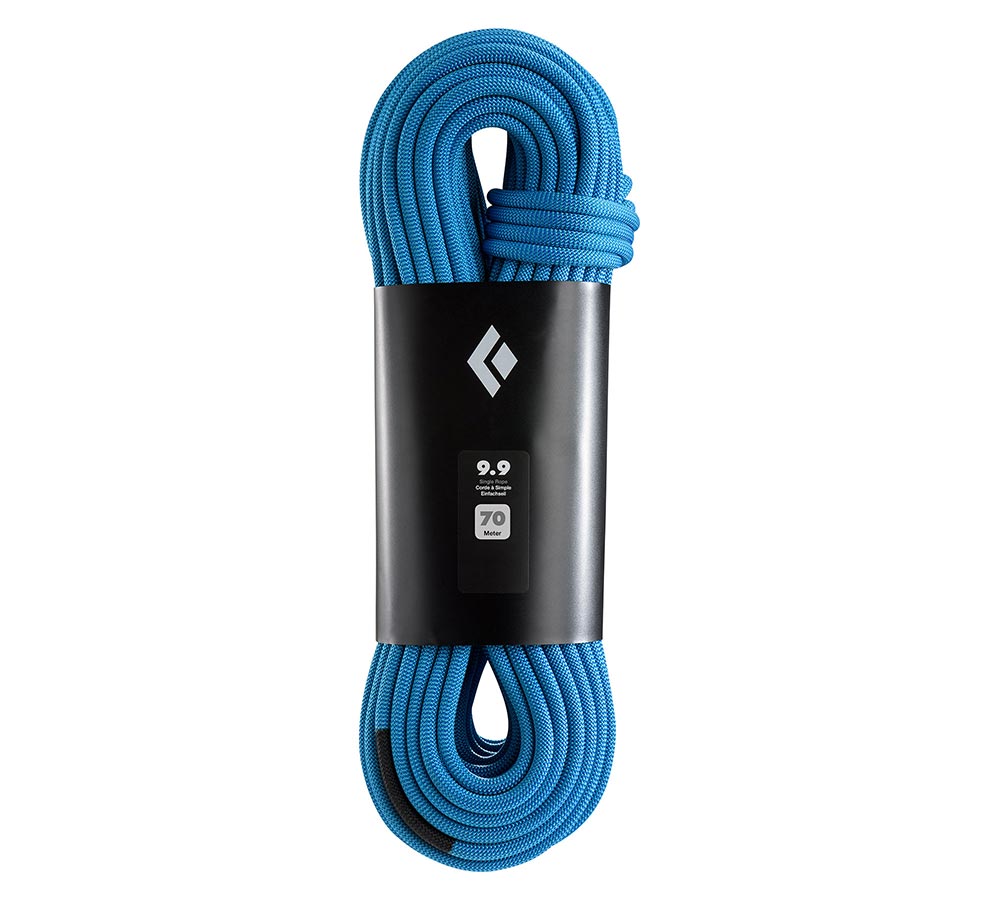
9.9 mm Rope
-
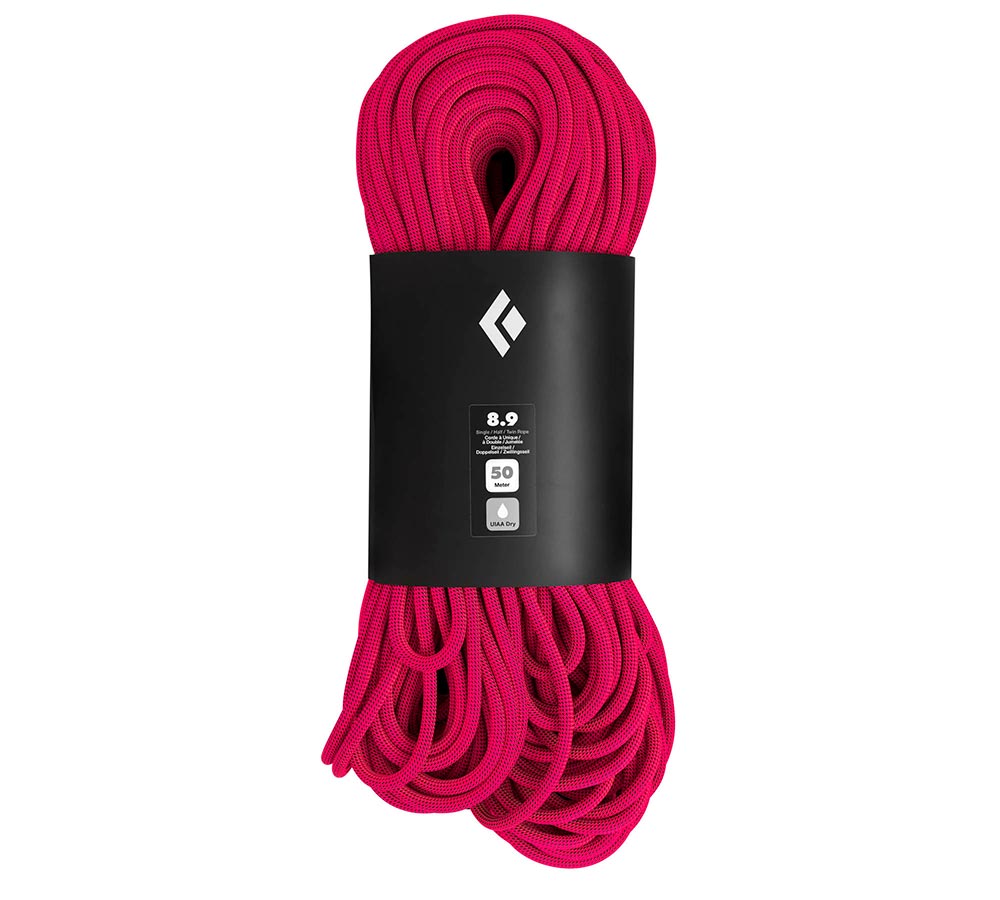
8.9 mm Rope
A selection of Black Diamond ropes.
We introduced our Engineered Knit technology for the uppers. This upper provides excellent breathability, as well as controlled stretch where we need it, without excess stretch throughout the rest of the shoe. The result is exceptional performance, great fit and unparalleled comfort.
-
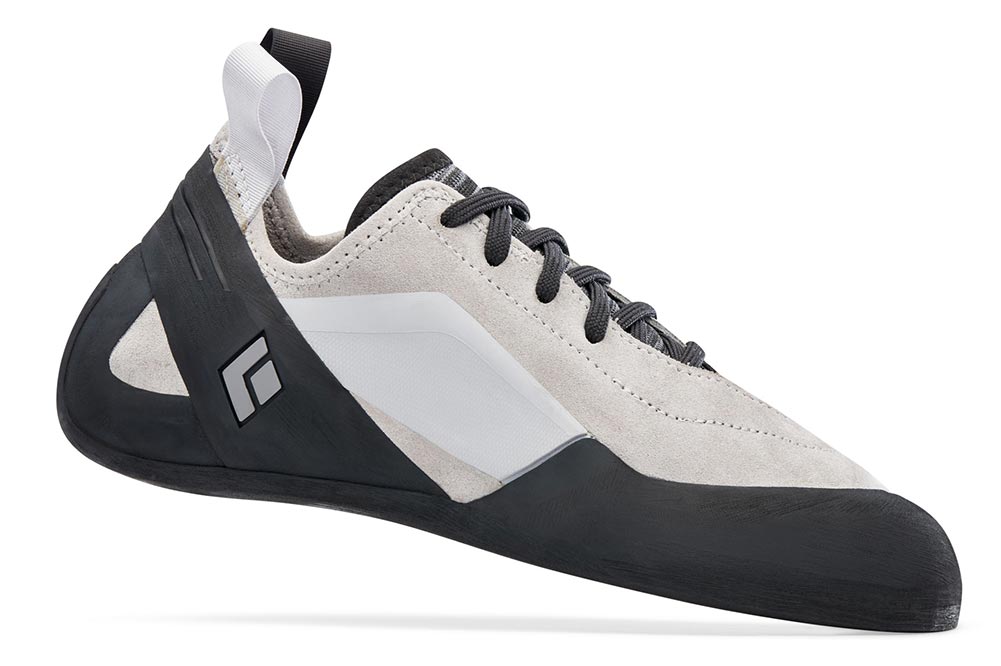
Aspect
-
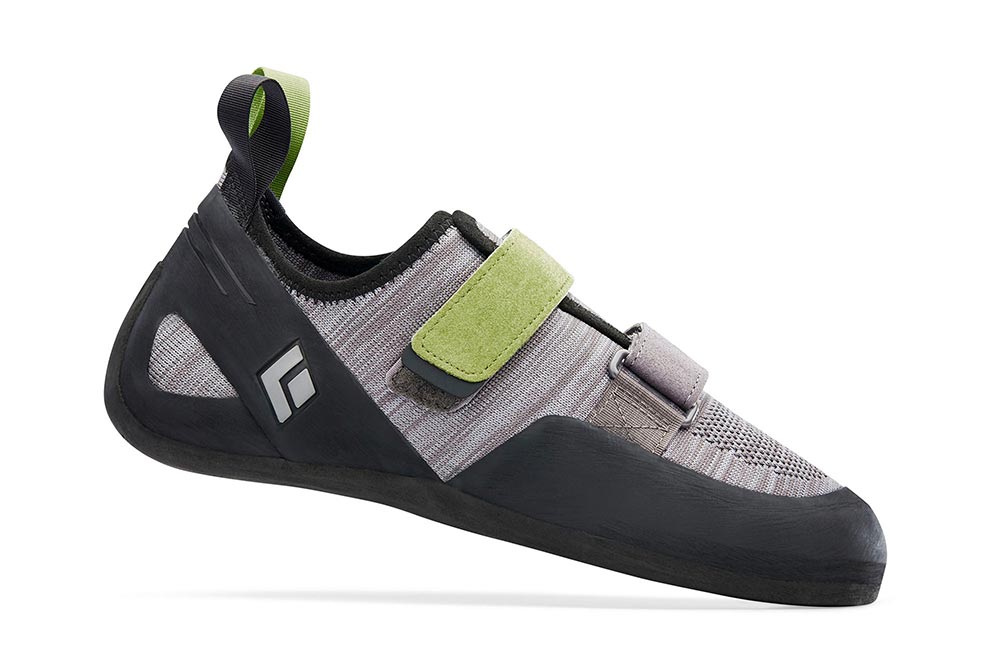
Men's Momentum
-
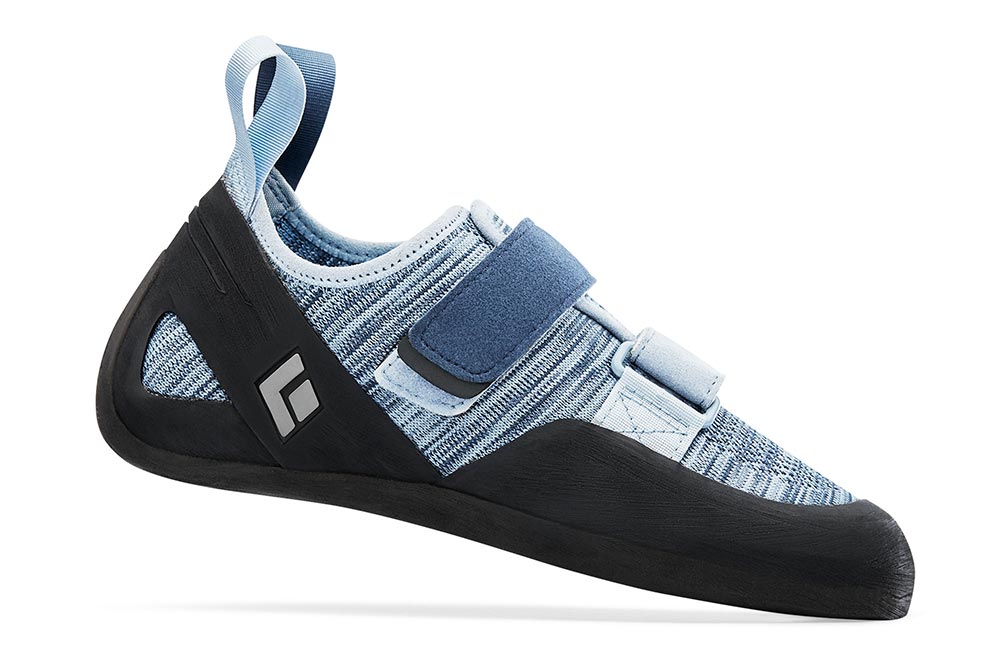
Women's Momentum
Black Diamond Climbing Shoes
We’re also 3D moulding our Pebax mid-soles so we can fine tune the stiffness of the shoe. This allows us to tweak the performance characteristics of the shoe as well as scale the stiffness for different size shoes (stiffer for larger shoes and softer for smaller shoes).
We’re using three different types of rubber: our base rubber for durability, our harder Force rubber for edging and our softer Fuse Rubber for superior grip on steep routes. We put the right rubber on the right shoe. It’s the right-tool-for-the-job mentality.
Unlike the rope lineup, we didn’t come out of the gate with every shoe that every climber needs. Instead, we currently offer a range of shoes that will suit the first time climber, the trad climber, sport climber and boulderer. But we’re not done. There’s more in the works, so keep your eyes out for more new BD shoes to further fill out the line!
-
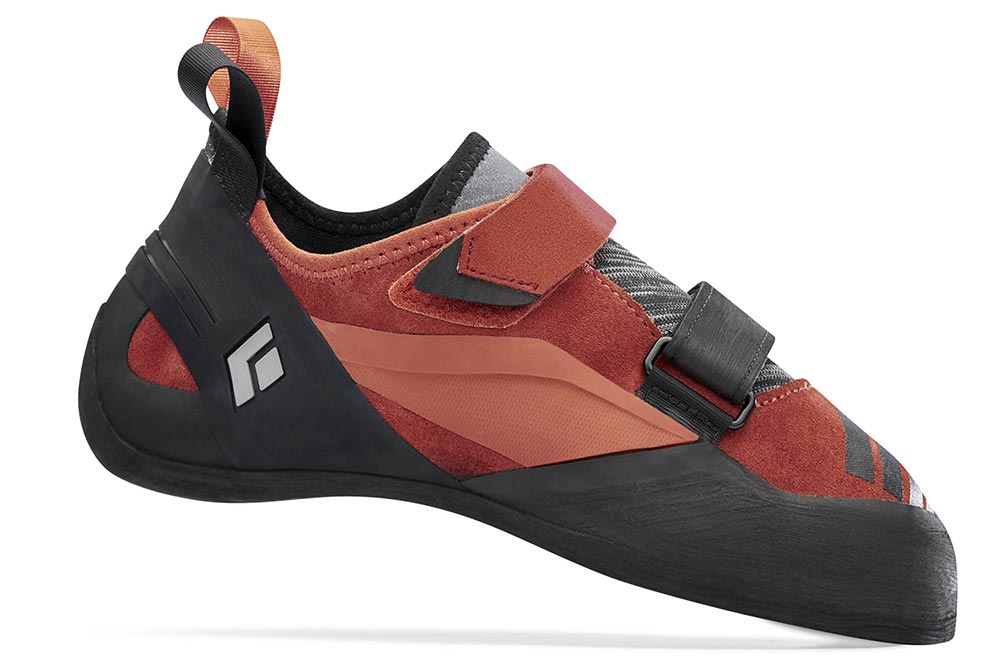
Focus
-
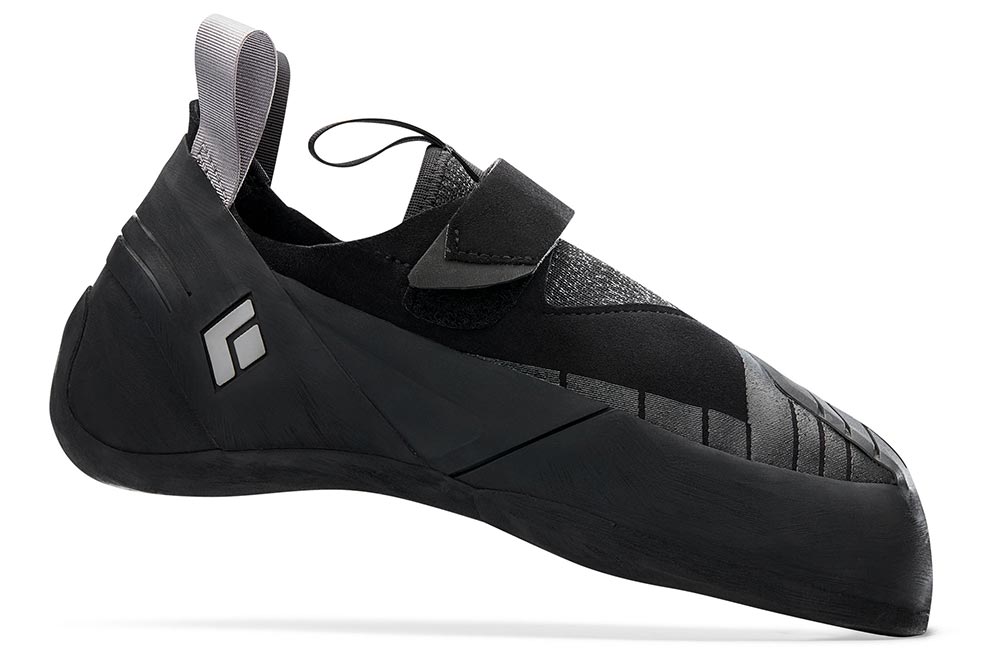
Shadow
Black Diamond Climbing Shoes
I highly recommend checking out offset stoppers and offset cams for free climbing. I need all the help I can get when climbing, and trust me, they help.
-
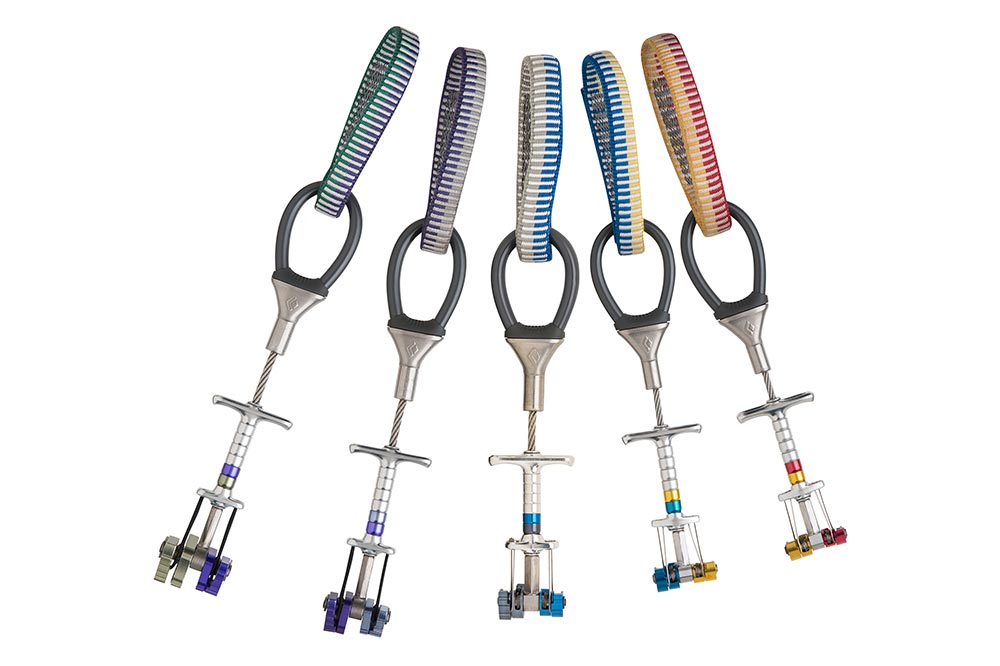
X4 Offset Cams
-
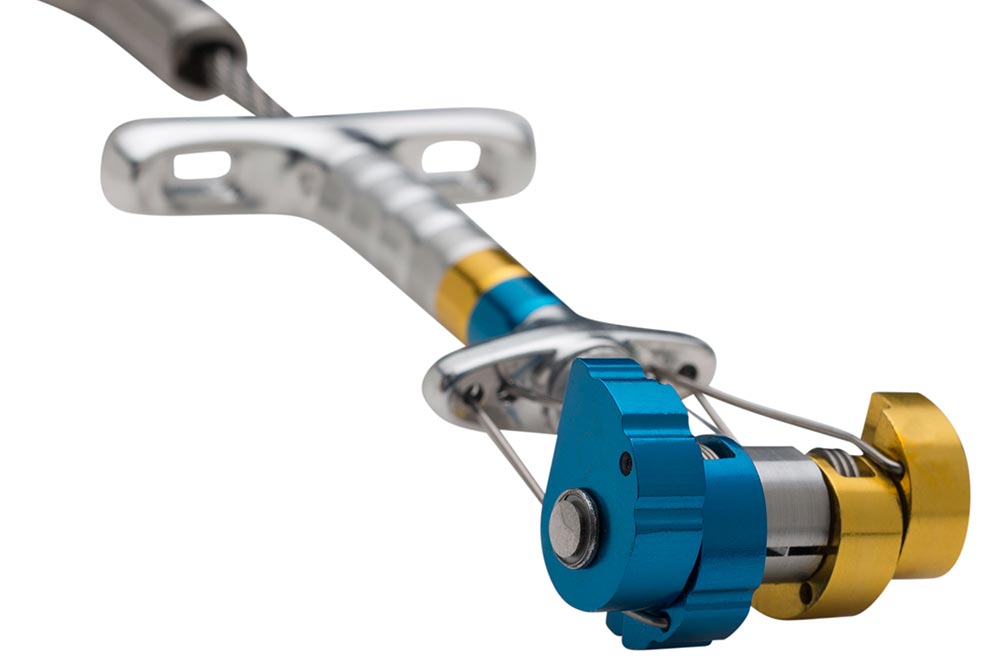
X4 Offset Cams Detail
-
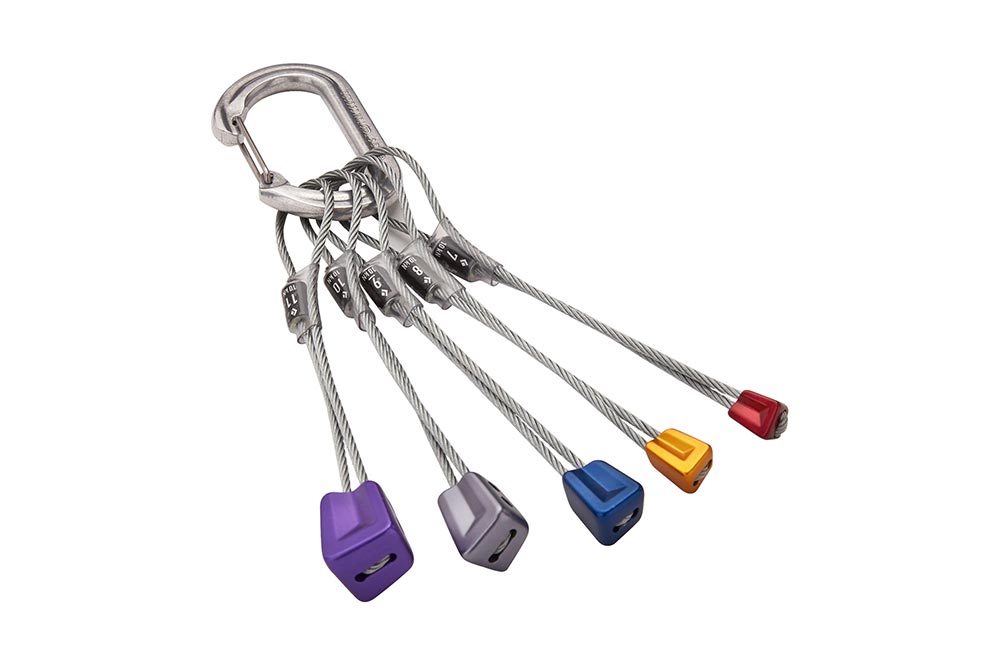
Offset Stoppers
Black Diamond Offset Gear
We’ve subsequently used this same technology in our four-season (adjustable legs, ice clipper slots) harness called the Technician, our higher-end lighter sport climbing harness called the Zone, as well as our mountaineering harness called the Couloir.
The way we construct the harness allows for really great weight distribution. You don’t need a thick, super-padded harness for comfort. Instead, you want a wide harness to distribute the load. This wide shape (and the Fusion Comfort construction) makes the harness more comfortable for those long belays or dogging sessions. The waist belt and leg loops are wider than you may be used to seeing. This really makes for a comfortable and still unobtrusive harness.
-
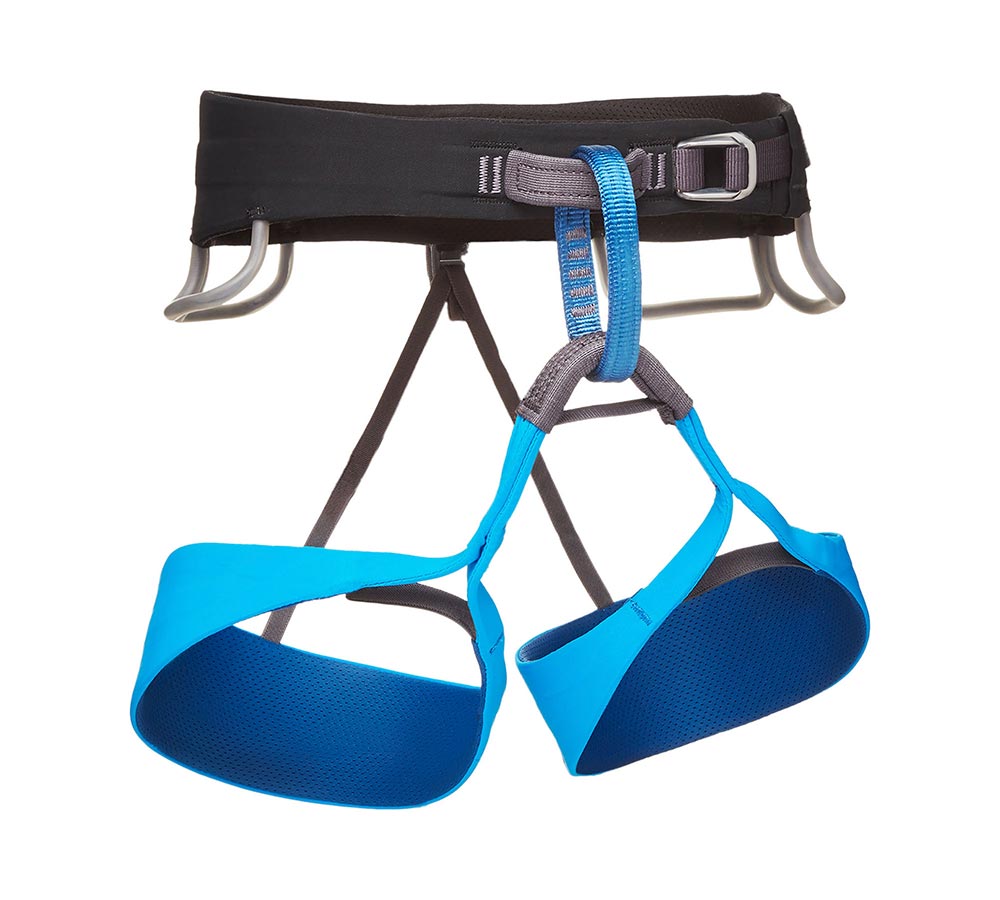
Solution Harness
-
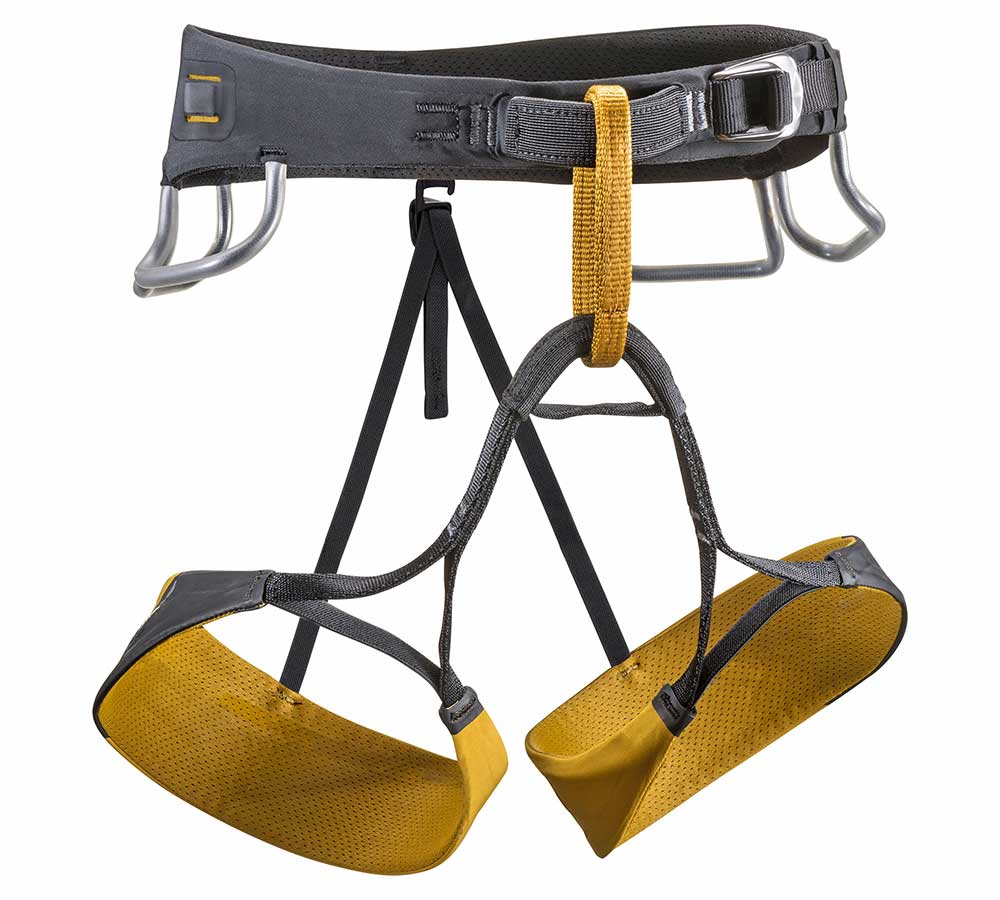
Zone Harness
-
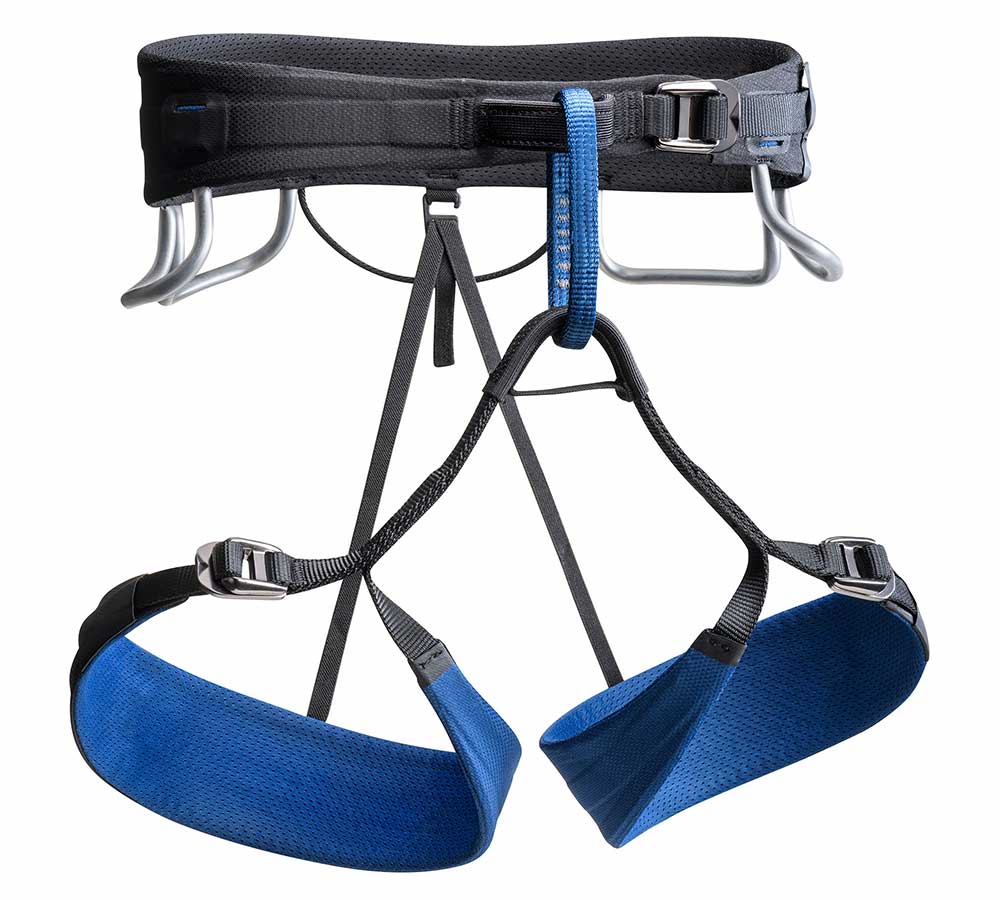
Technician Harness
-
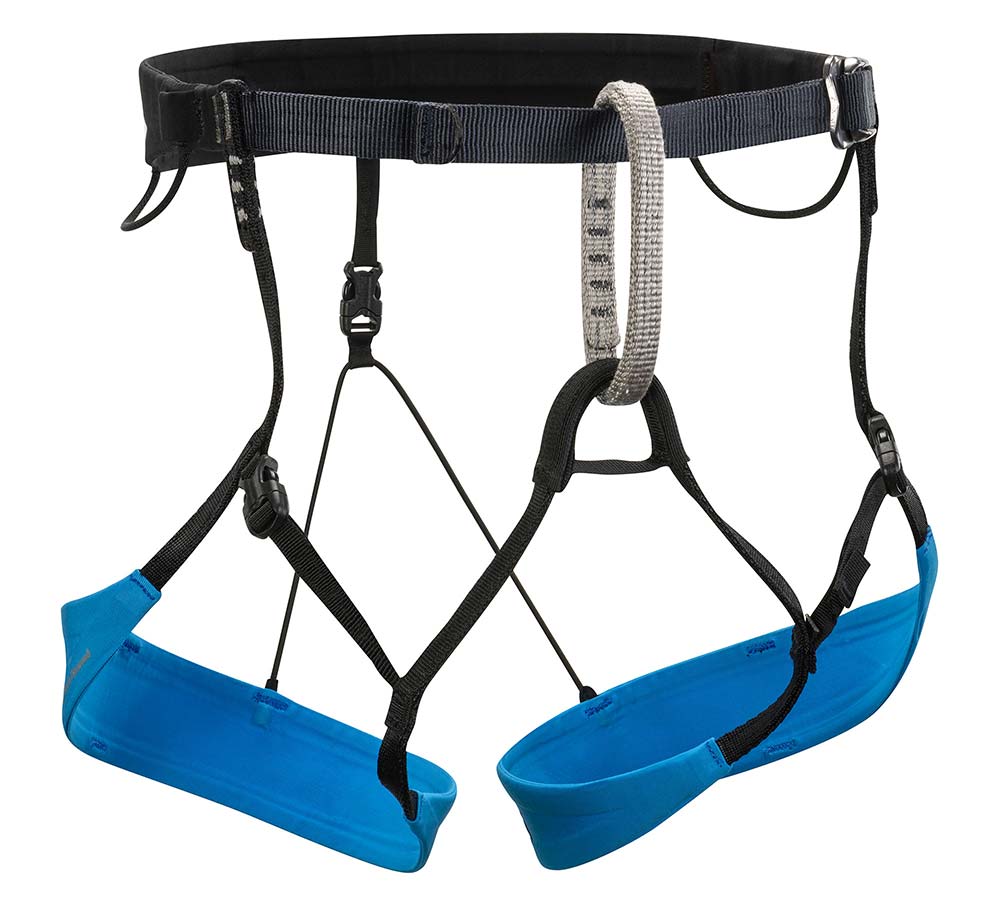
Couloir Harness
The new Black Diamond Harnesses with Fusion Comfort construction.
There is no doubt that as the tech improves, helmets make more sense. Some helmets are more durable than ever before, and some are lighter than ever before. And let’s face it – they just look cooler than ever before. All of these factors contribute to people being less wary about wearing a helmet.
You're going to continue seeing folks wear helmets climbing, and you’re going to keep seeing brands bring a new level of technology to climbing helmets in the near future.
-

Vapor Helmet
-
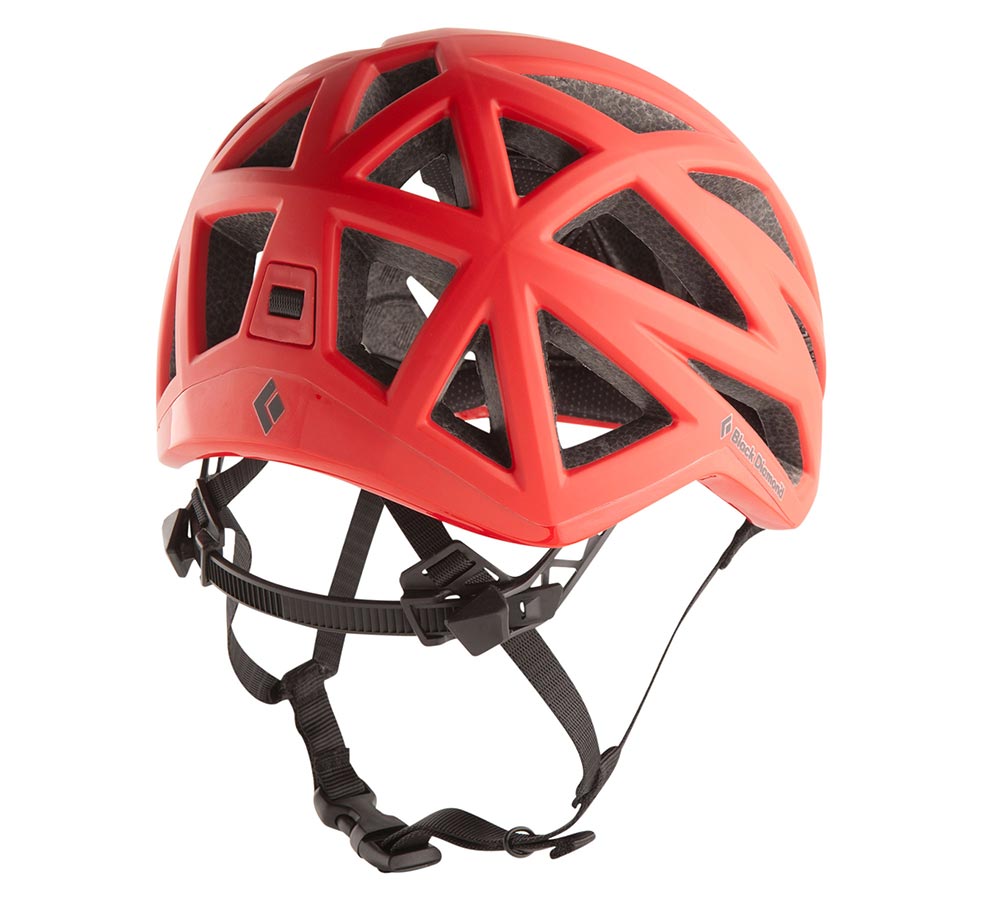
Vapor Helmet
Black Diamond Vapor Helmet
The reality is that pretty much any quickdraw can be used for anything, but when you really want to optimize, there are the right tools for the job. And everything ultimately is personal preference.
For sport climbing, I like solid gates. I just do. Our Nitron quickdraw is an awesome sport climbing draw. And the vari-width dogbone is great for grabbing (or so I’ve heard).
But our FreeWire (wire gate), Positron (solid gate) and PosiWire (mix) are all super-quality and affordable draws that you can use for sport, trad or alpine.
When weight matters (alpine climbing and rock routes with mega approaches), I use the Oz quickdraws. They’re a great size, light, not too small and the keylock feature on a wiregate is great for not getting hung up on slings, pins or bolt hangers. For ice climbing, I typically use our HoodWire. I like the larger size as it’s easier to manipulate when wearing gloves, and once again, the keylock feature on a wiregate is great.
If I could only own one BD quickdraw though, it’d probably be the FreeWire. It's the least expensive draw in our whole lineup. Two wiregates with a great dogbone – it's totally at home clipping bolts or in the alpine or ice. It really is the one draw that does it all!
-
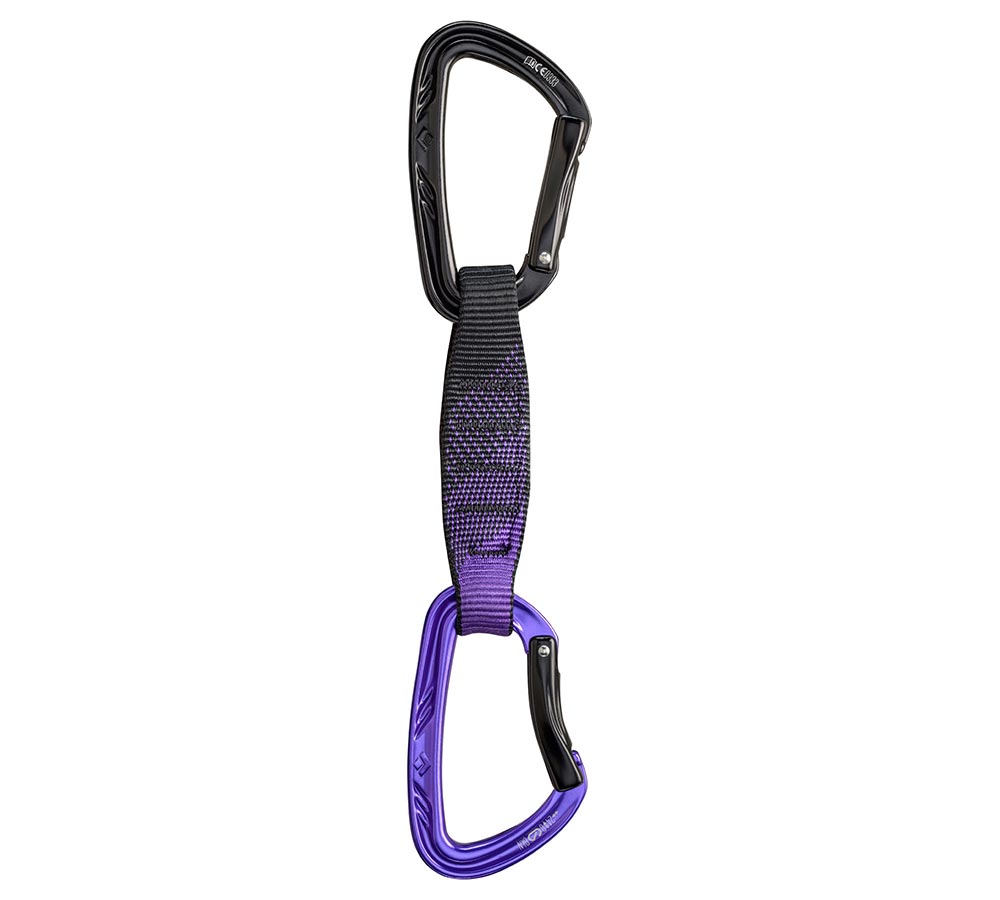
Nitron Quickdraw
-
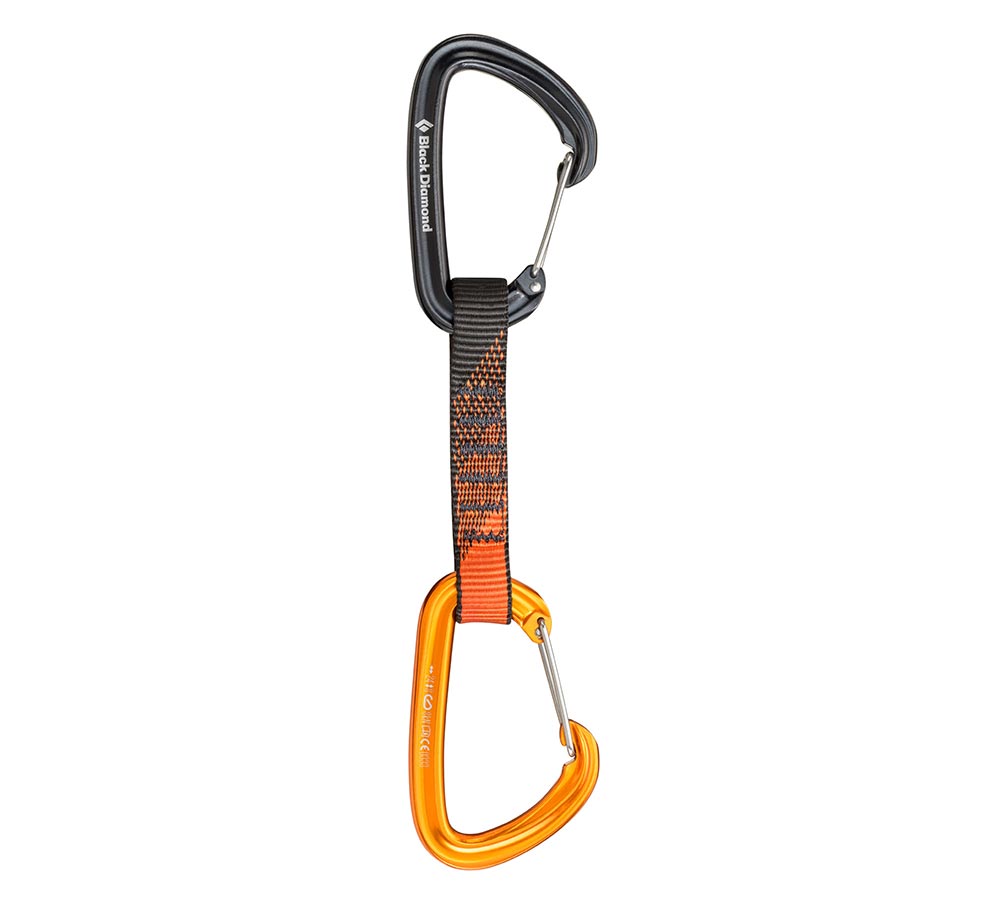
FreeWire Quickdraw
-
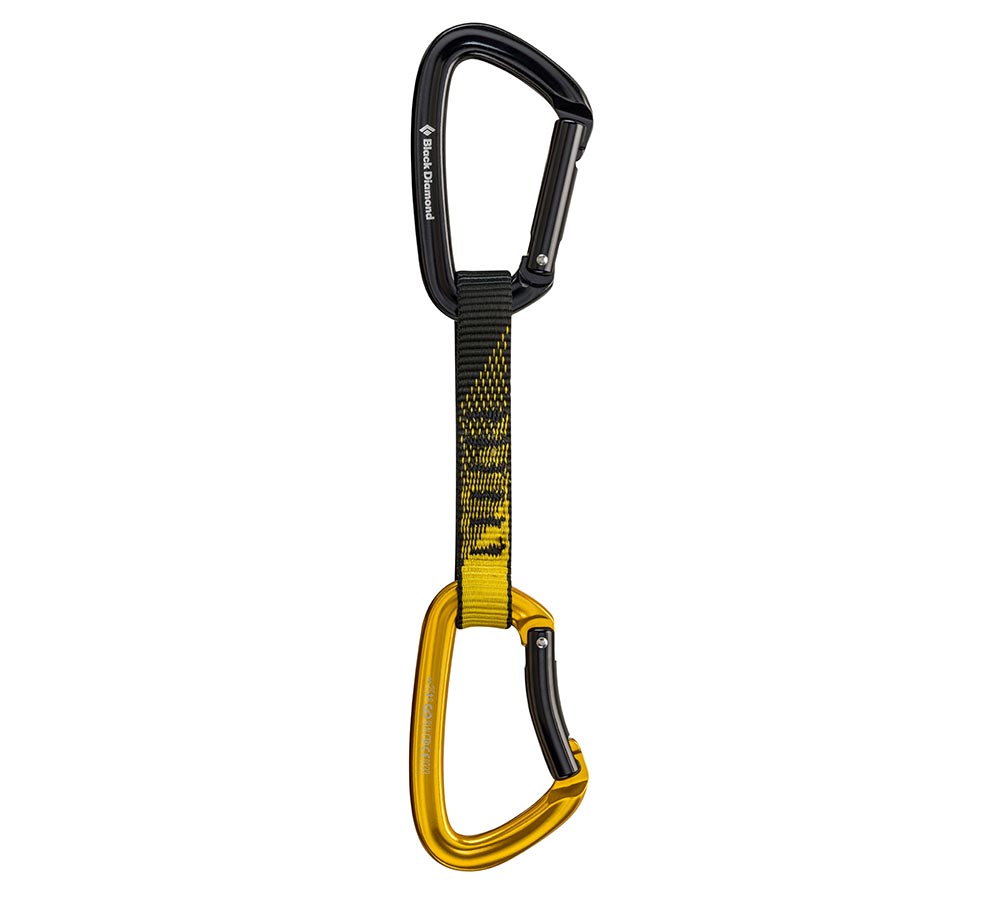
Positron Quickdraw
-
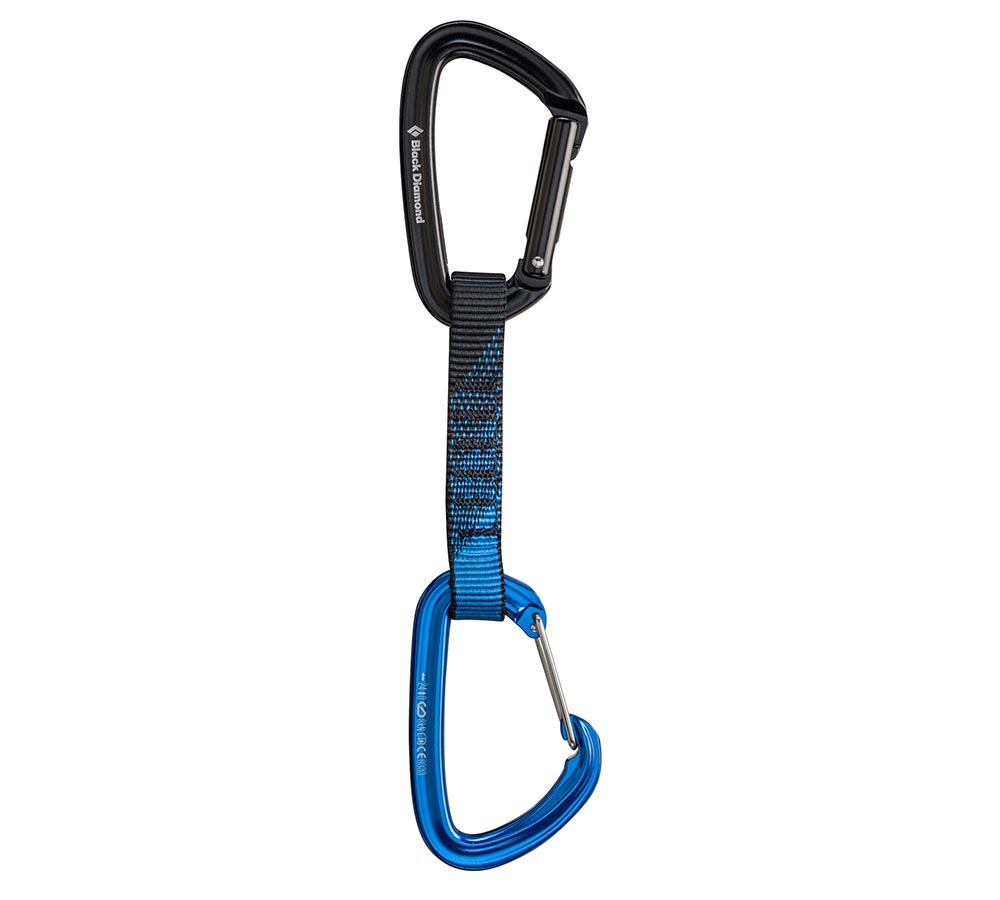
PosiWire Quickdraw
-
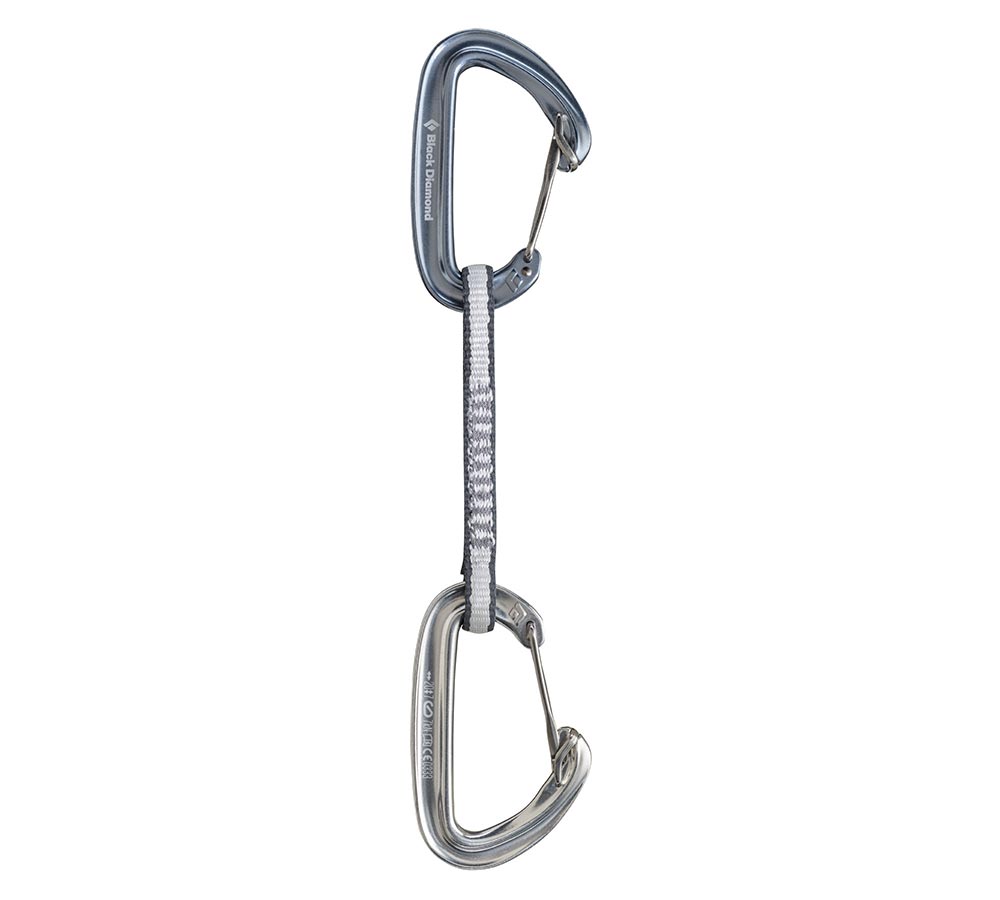
Oz Quickdraw
-
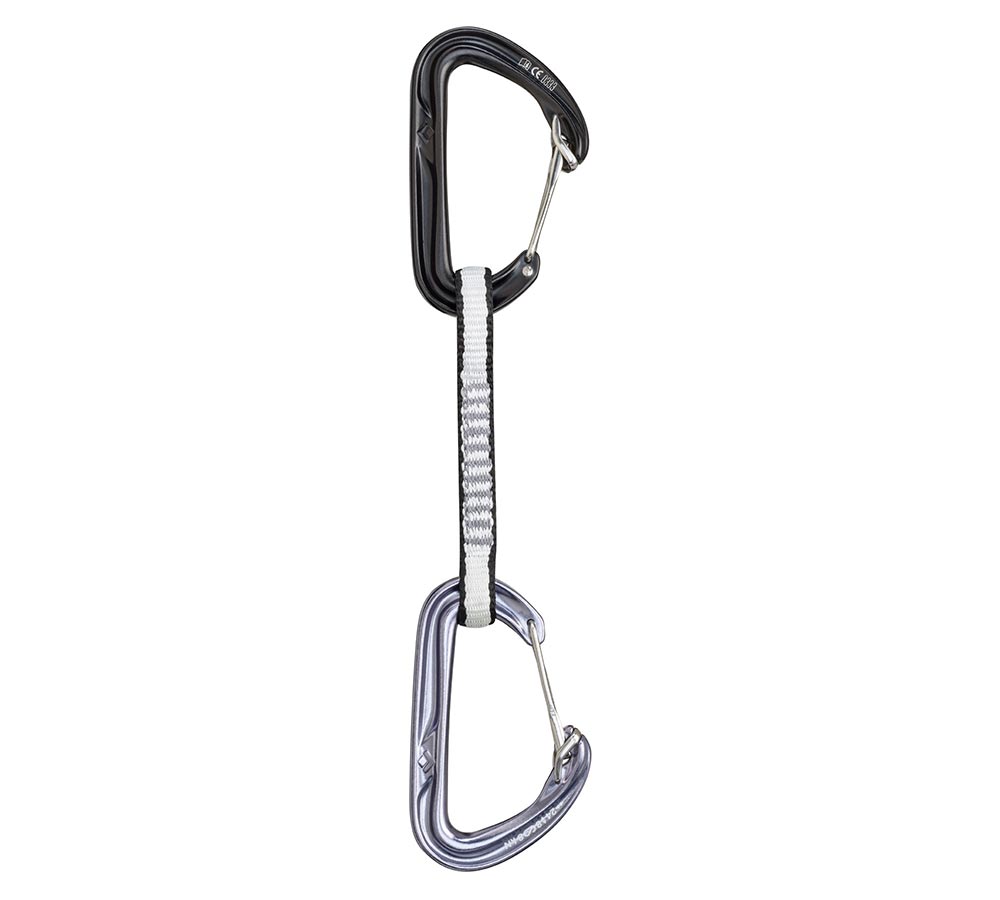
HoodWire Quickdraw
Black Diamond Quickdraws
Here he is at work – typical.
-
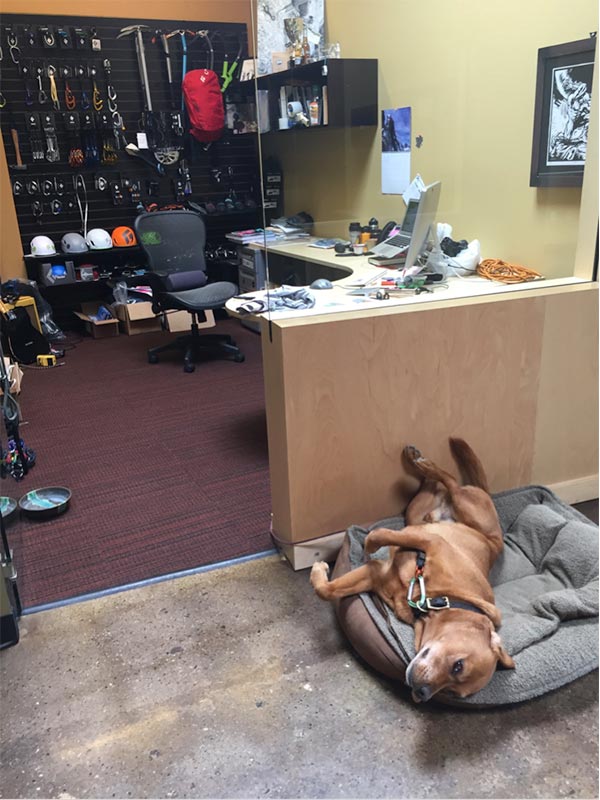
Taking a break at the BD office.
Rumple at the Black Diamond office.


